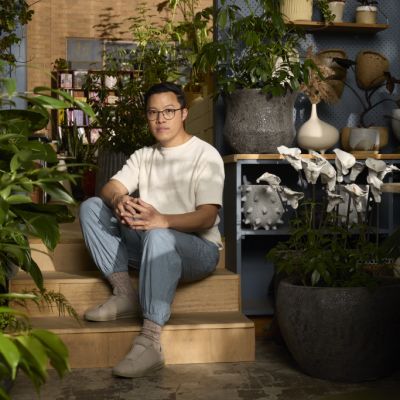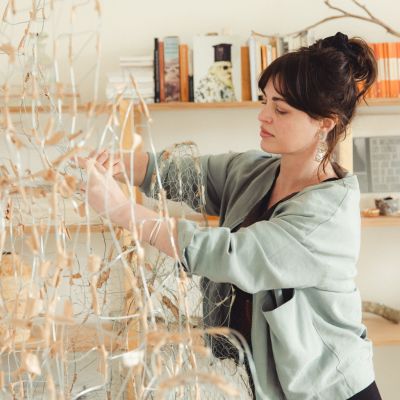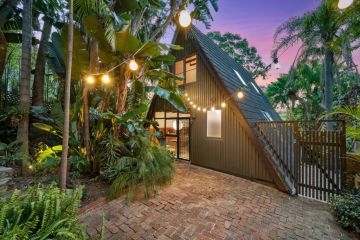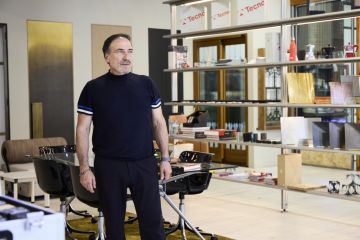Criteria's Rachael Fry's mission to 'find things even before people know that they want them'
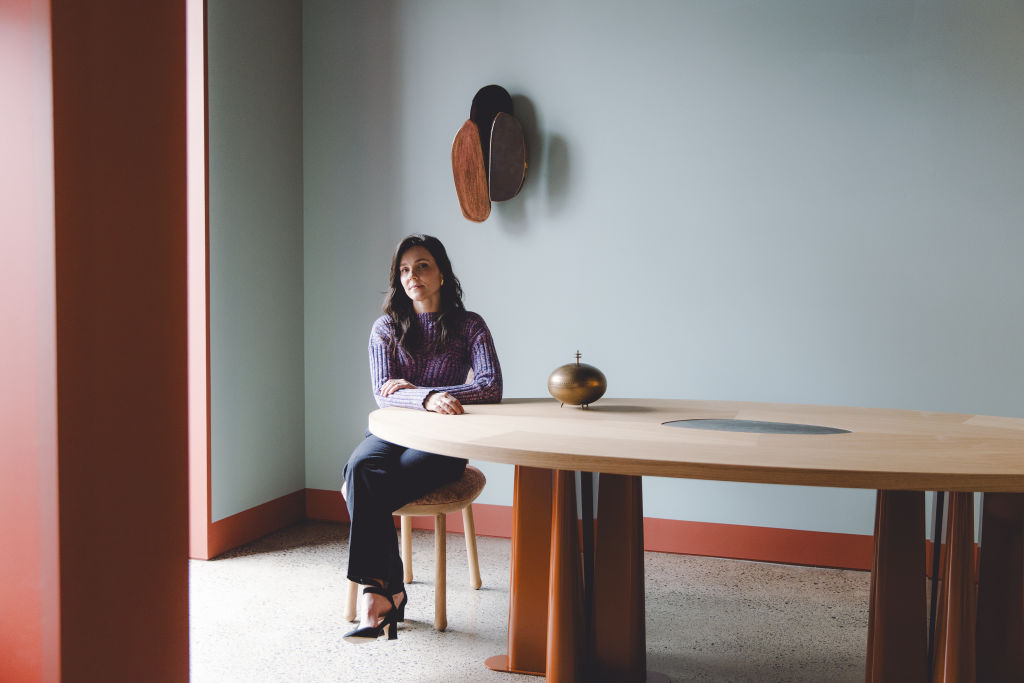
Be honest: when you buy an artwork or piece of furniture, how much of your decision depends on whether others will like it? Many of us are guilty of pandering to trends (and dinner party friends).
The curation process is different for Rachael Fry, founder and creative director of Melbourne design showroom Criteria and sister venue C Gallery. “I always try to get things that I don’t really understand,” she tells Broadsheet.
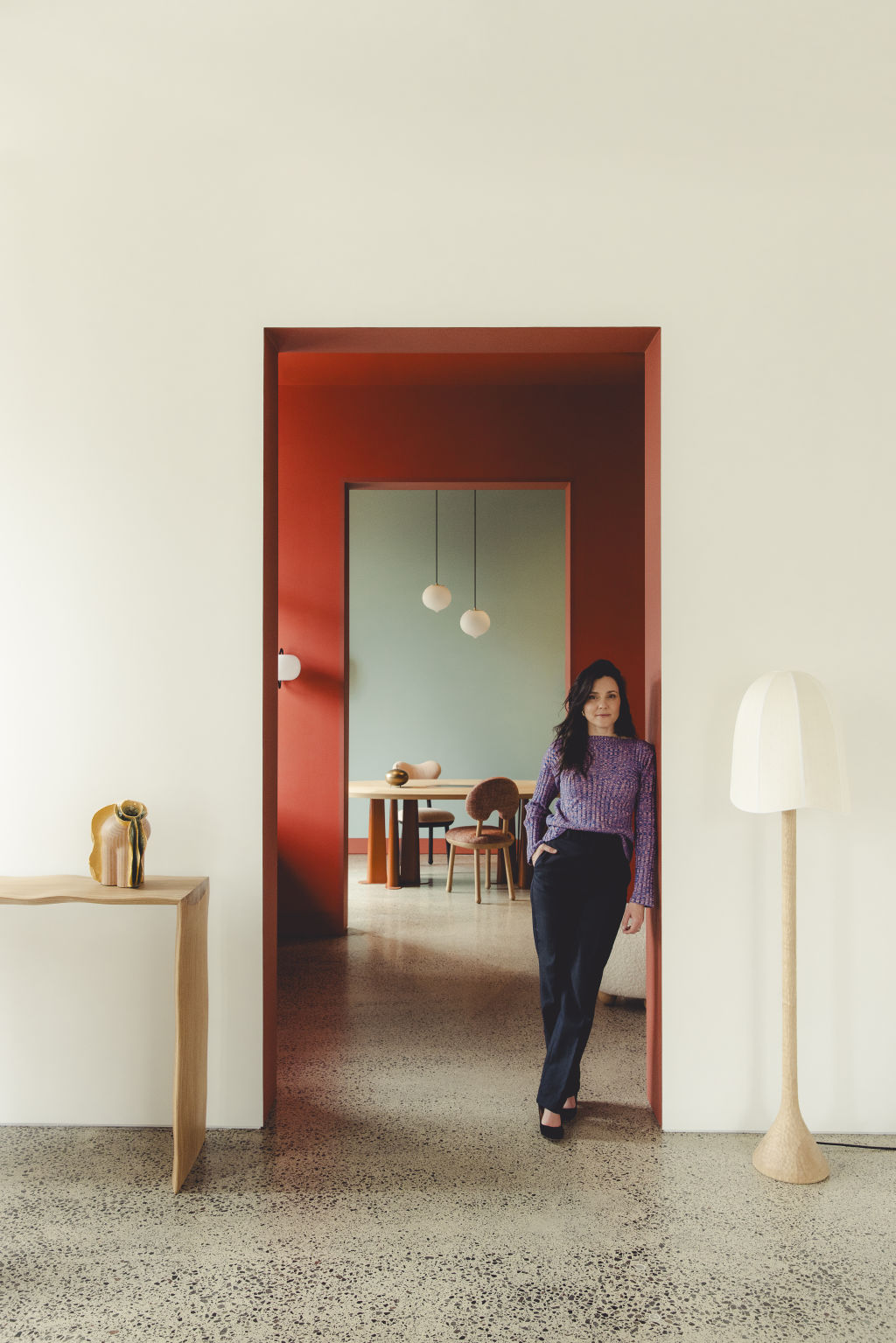
It’s certainly true of her current project. Fry has been busy sourcing lighting and furniture for Criteria’s debut vintage collection, which will highlight 20th-century Nordic designs. The first piece? A 1970s candlelit chandelier made of wrought iron and glass. It was crafted by renowned Swedish manufacturer Boda Smide, whose hard-to-find works regularly go for thousands on luxury online marketplace 1st Dibs.
Fry got some interesting looks when she showed the old-school lightwork to her team. “My colleague said: ‘It hangs from the ceiling but it’s not a light, what are our clients gonna do with it?’ The fact that none of us can define [it] – I love that already,” she says. “That’s always been my mission, to find things even before people know that they want them.”
There’s no one in Melbourne doing it quite like Fry. The American-born founder works directly with ateliers in Paris, New York, Milan and beyond to source singular furniture, lighting and home decor. “I’ve always wanted to bring really interesting, beautiful things here. I know the distance makes it challenging for people to access other things from around the world.”
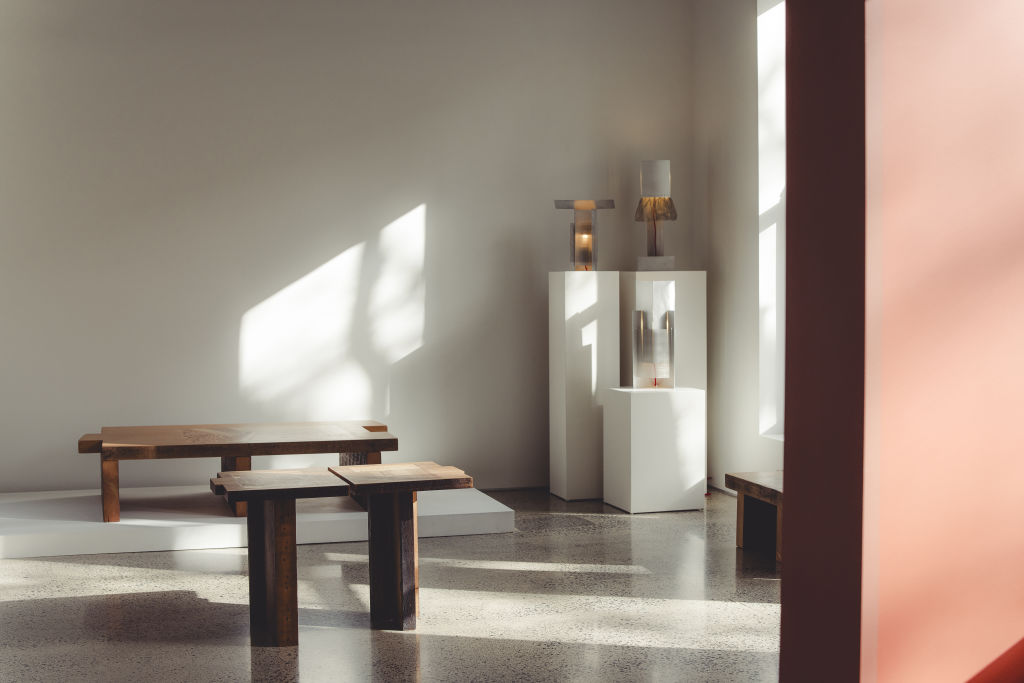
Criteria is the exclusive importer of New York showrooms Apparatus (which counts Naomi Watts among its fans) and Fort Standard. Plus, French designer Pierre Yovanovitch – a former menswear designer for Pierre Cardin – and experimental ceramics label Bzippy & Co, among others. For Fry, these relationships help her curate a collection like no other. “People come into our space to see really unique and special work from around the world.”
Fry got her design credentials at the prestigious Parsons School of Design in New York City (which counts Donna Karan, Ai Weiwei and Jasper Johns among its alumni). In 2012, she swapped NYC for Melbourne alongside her Aussie-born husband, Amon Carson, an investment banker.
Naturally, there was a bit of culture (and design) shock when she arrived. Australia was clinging to its obsession with mid-century modern furniture – teak sideboards galore. But Fry was mostly surprised by the lack of both American and smaller, independent designers. “The Australian market was, and still is, very Eurocentric and Italian.”
For some, leaving the Big Apple for Melbourne might seem like a step down. But for Fry, it was an opportunity. “I thought: ‘There’s already people doing great things with big Italian brands. I’m going to do something different.’” She opened Criteria in 2014 to showcase high quality pieces that could reach family heirloom status for her customers. “I have to bring in things that are new and exciting, because you really have to give people a reason to come in.”
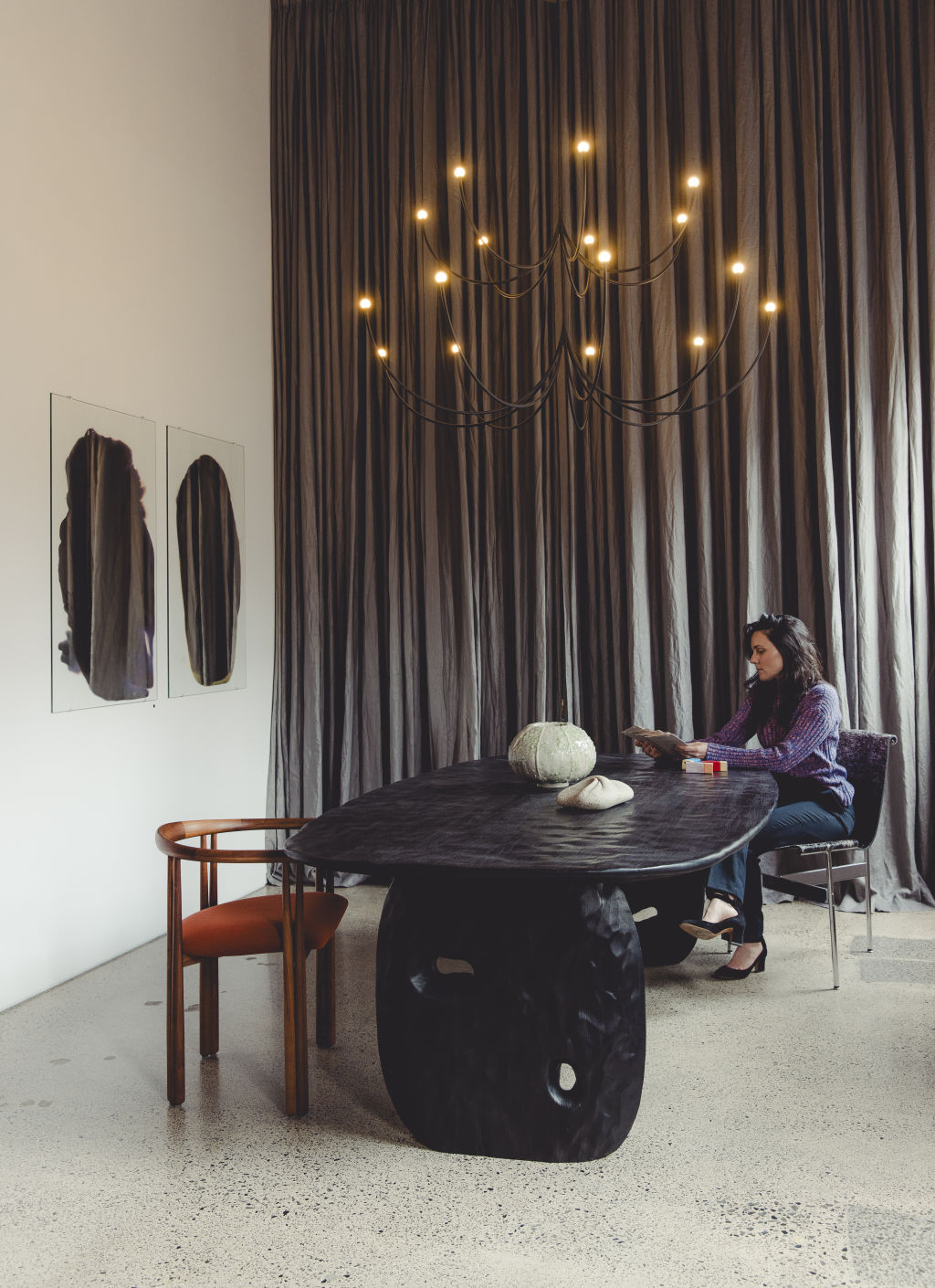
The palatial South Yarra showroom is enough of a reason to visit. Its 19th-century Italianate facade looks like it’s straight out of Milan. An ornamental archway reveals a regal red door with leadlight windows. Inside, classic terrazzo floors line the space, which has soaring four-metre-tall ceilings. “I tried to create an environment that felt like an old townhouse,” Fry says.
It’s certainly the kind of place you’d want to live in. The part-showroom, part-gallery is decorated with bold furniture, lighting and artworks – some of which look to designs past and some to its future. In a red-walled room, a curved velvet sofa by Pierre Yovanovitch takes pride of place. (The French designer had his debut Australian exhibition at Criteria earlier this year.) Elsewhere, a grey room turns gold with a cluster of bulbous lights. It’s the Cloud Pendant by Apparatus co-founder (and New York design darling) Gabriel Hendifar, a piece that’s been widely imitated.
Fry has long been surrounded by beautiful design. She grew up in the Californian desert city of Palm Springs, America’s mid-century hotspot. But Fry says that when she was growing up, it was in a state of disrepair, with many run-down buildings. “There was still enough around. I remember going to my friend’s [mid-century modern] house and they had an original mid-century TV with the rounded corners. I thought, ‘oh my god, this is so amazing’.”
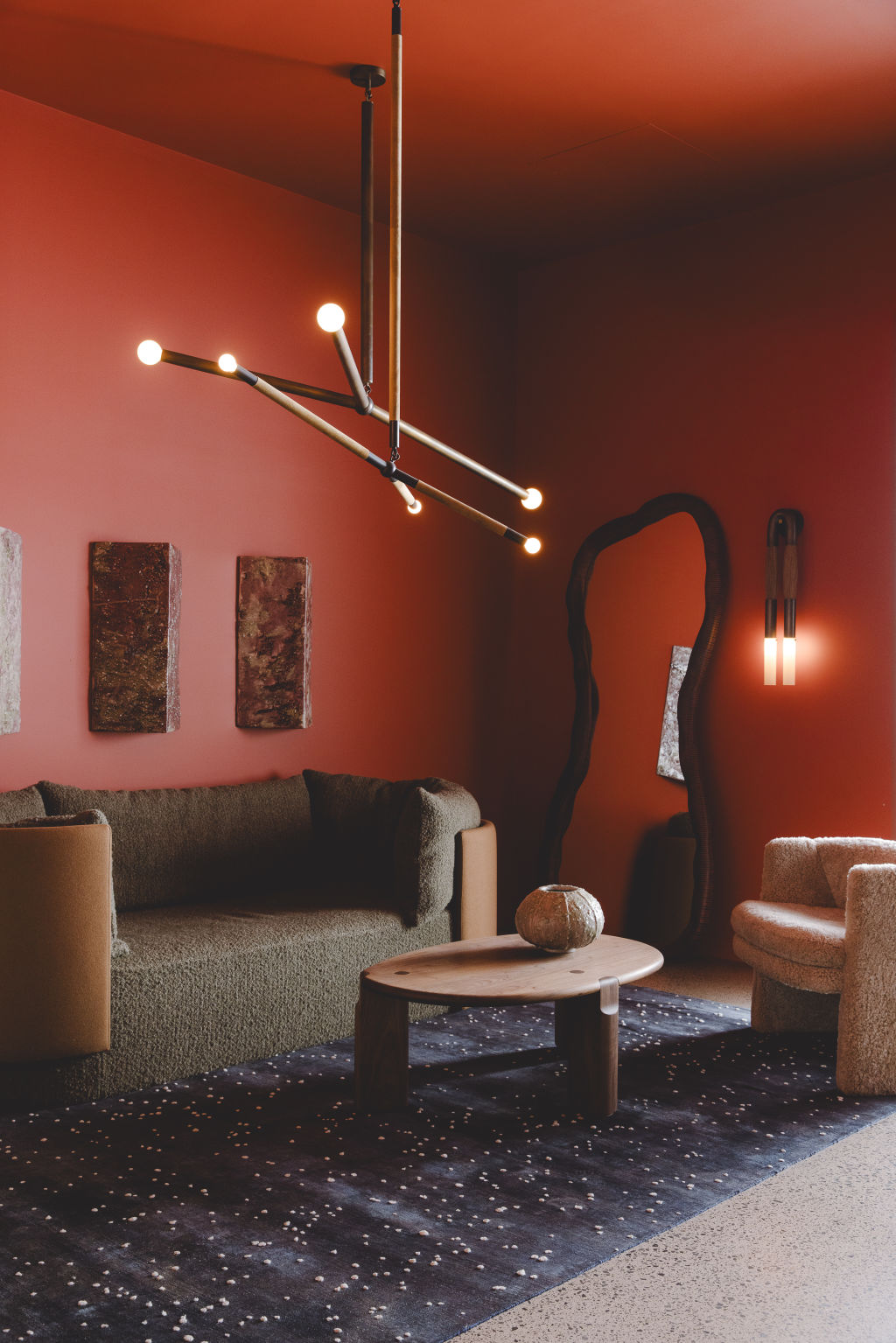
Indeed, the bones of beauty were there. The city’s homes are defined by clean lines, flat roofs and colours like flamingo pink, butter yellow and sky blue. They pop against a backdrop of soaring palm trees and rocky mountain ranges. “I think growing up there was teaching me what beauty was. And it was all going into my design bank,” Fry says. “Luckily, the gays eventually moved in and returned it to its former glory!”
Fry also credits the matriarchs in her family for her love of art and design. On trips to Los Angeles, her grandmother would take her to the Getty Museum and the Los Angeles County Museum of Art. “I was very lucky,” Fry says. “Those things, you don’t realise when you’re a kid, but they’re significant.” Back home, while she didn’t live in a mid-century house, her mother had a keen eye for design. “She didn’t have formal training, but she was very good at it. That’s probably where I got it from.”
Today, the concept of beauty underpins all of Fry’s work. She points out that humans have been drawing what they see and making beautiful objects for tens of thousands of years. “I feel like it’s a human trait to see beauty and make beauty. Just go back to Egyptian times and look at all the gold in the hieroglyphics.”
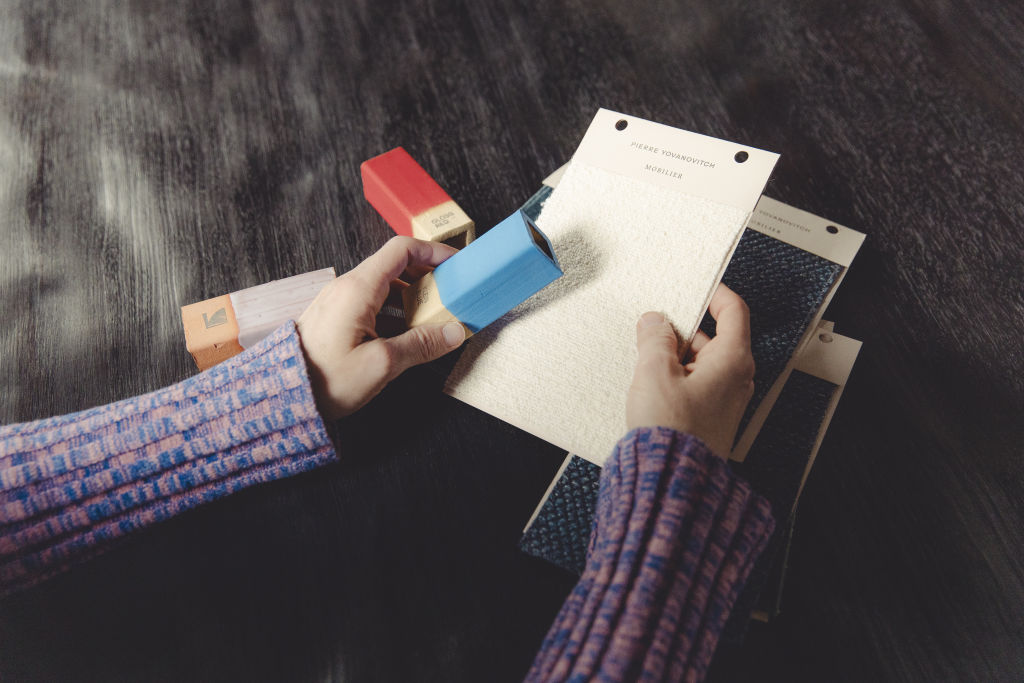
Fry thinks about history a lot – and longevity. “Before the 20th century, furniture was made to stand the test of time and be passed down for generations.” Today, your flat pack cabinet might not survive a move, let alone a lifetime. For this reason, Fry shirks mainstream trends to showcase pieces built for longevity – both materially and aesthetically. “These pieces become family heirlooms. We just don’t chuck them out.”
Even the most beautifully furnished rooms need art in them. So Fry works with mostly local artists to showcase functional art in C Gallery, which she started during Melbourne’s lockdowns. “I’m never content with the status quo. As soon as I’ve done something, I’ve already moved onto something else,” she says. “I really wanted to paint four walls white and build an exhibition schedule.”
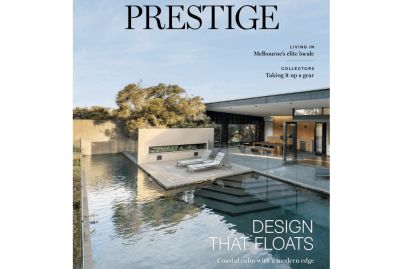

Currently on display is an exhibition by Max Copolov, a Melbourne-based interior and furniture designer. His timber tables are solid with sharp edges, featuring marquetry artwork on top. “He took images in Venice and imposed them onto tables in marquetry. There’s a juxtaposition between this very old tradition and new idea,” Fry says. Another local artist she’s proud to showcase is Ben Mazey, formerly Kenzo’s design director in Paris.
By embracing local and harder-to-find international designers, Fry hopes she’s moving the needle on design in Australia. Over the past decade, she’s seen Australians become more adventurous with their interiors “There’s a little bit more going out on a limb and celebrating colour and detail,” she explains. “What I suspect is starting to happen, and I hope that I’m one of the players at the forefront, is that we’re getting more confident in embracing smaller, more niche designers.”
You might say that, as a nation, we’re taking a chance on pieces we don’t yet understand.
This article first appeared in Domain Review, in partnership with Broadsheet.
We recommend
We thought you might like
States
Capital Cities
Capital Cities - Rentals
Popular Areas
Allhomes
More
- © 2025, CoStar Group Inc.
